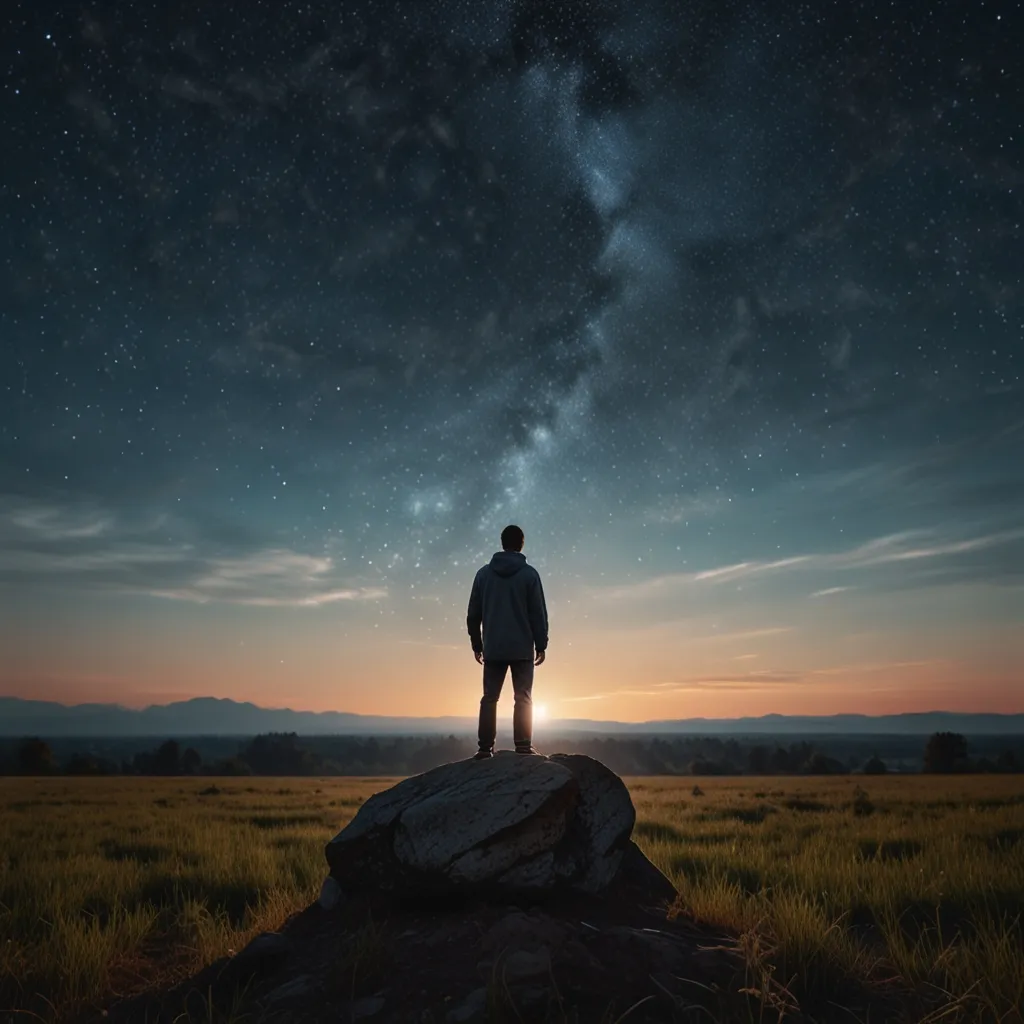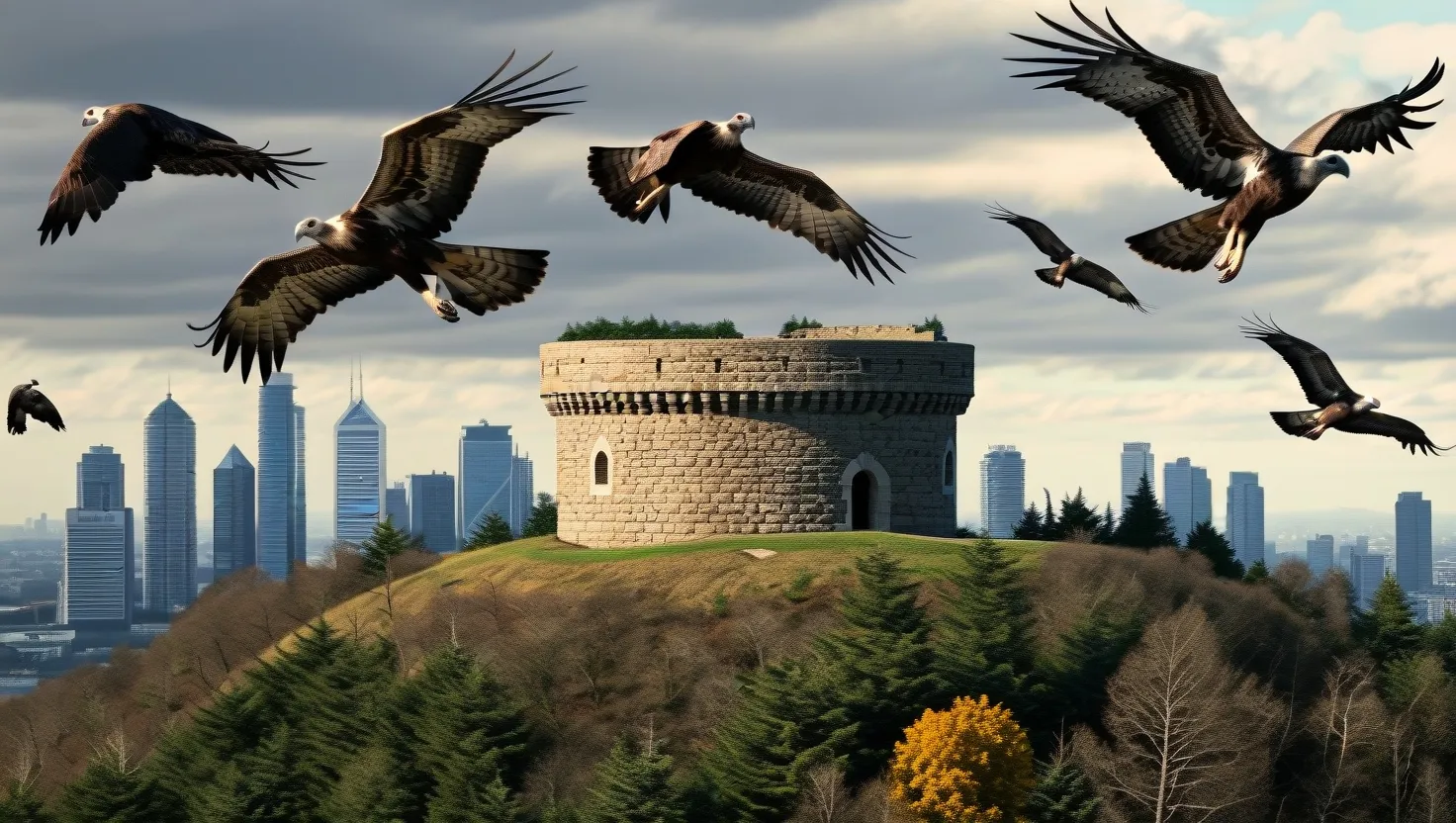When we think about religion in the Middle East, it’s easy to generalize and mainly think of Islam. While it’s true that many people in the region are Muslim, the Middle East is also home to numerous religious minorities. Beyond Jews and Christians, there’s a lesser-known group called the Mandaeans.
Mandaeism is a monotheistic religion, bearing strong dualistic traits similar to Gnosticism. It shares elements with Judaism, Christianity, and Zoroastrianism but stands unique in its own traditions. The word “Mandaeism” comes from “manda” or “knowledge” in an ancient Semitic language, which is preserved today only in Mandaean religious rituals. In the Muslim context, Mandaeans are also known as “Suba,” meaning “those who baptize,” connecting them to the mysterious “Sabians” mentioned in the Quran alongside Christians and Jews.
Historically, Mandaeans mostly lived in the southern regions of Iraq along the Euphrates and Tigris Rivers, though their exact origins are uncertain. Some believe they came from Palestine around the first three centuries AD, perhaps linked to Jewish groups that emphasized baptism. John the Baptist, who baptized Jesus, plays a central prophetic role in Mandaean religion, though he’s not seen as its founder.
Interesting enough, while Mandaeans share mythological backgrounds with Abrahamic faiths, they have different perspectives. They revere Adam as the originator of Mandaeism, viewing their religion as the true original faith from which other religions deviated. They also venerate Adam’s son Seth and Noah’s son Shem but see other biblical prophets, except John the Baptist, as false.
Mandaeism emphasizes cosmology with a strong dualism of light vs. darkness and purity vs. impurity. They believe in one transcendent God known as Hayyi Rabbi, who resides in a pure world of light. Mandaean teachings were conveyed by a spiritual being called “Manda d-Hayyi” or “knowledge of life,” seen as an archangel relaying divine knowledge to prophets.
Their religious texts include the “Ginza Rba” or simply “Ginza,” a collection of theological, historical, and ritual teachings, and the Mandaic Book of John, believed to be authored by John the Baptist himself. Scholars debate the dates of these texts, ranging from pre-Islamic to post-Islamic periods.
Mandaeism is less about belief and more about practice. Baptism, known as “masbuta,” is central and is performed weekly in running water. This ritual purifies the soul for its journey to the world of light after death. Another key ritual is “masiqta,” a ceremony assisting the soul’s ascension in the afterlife.
Purity and cleanliness are crucial in Mandaean practice. Interfaith marriage is prohibited, conversion is rare, and they emphasize a kind of pacifism, charity, and a 36-day ritual fast. Historically, they’ve faced persecution from various empires and governments but gained limited autonomy under Muslim rulers, identified as people of the book.
Recent political instability and Islamic fundamentalism have forced many Mandaeans to emigrate, with an estimated 80% now living in diaspora communities worldwide. This has led to internal debates about adapting religious practices to new contexts, such as using indoor pools for baptism in colder climates.
Mandaeism ties closely to ethnicity, like Yazidism and Judaism, making identity primarily hereditary, which is why conversion remains uncommon. The global Mandaean population ranges between 40,000 to 100,000 people, most outside the Middle East.
Have you ever heard of Mandaeism? What are your thoughts on this fascinating and ancient religion? Let’s discuss in the comments!
Enjoyed this story? Share it with your friends and family to spread the word about this e-commerce giant’s journey.






